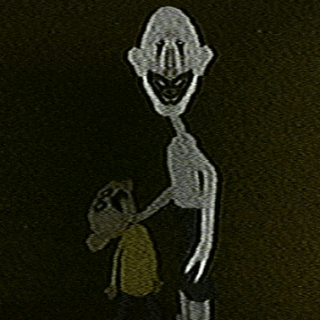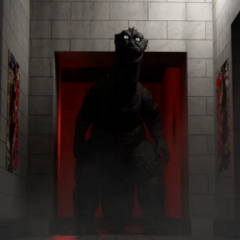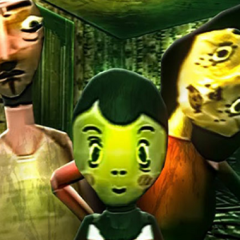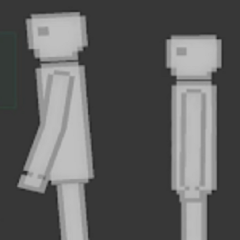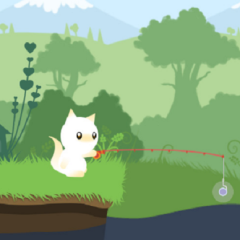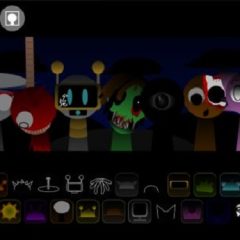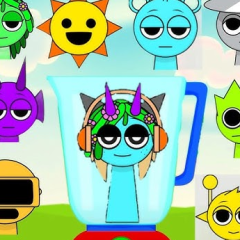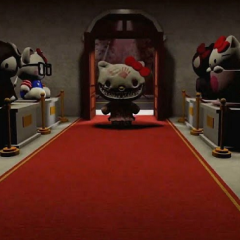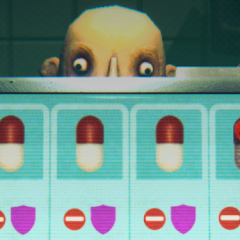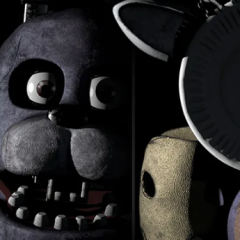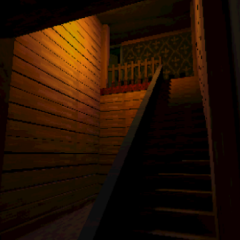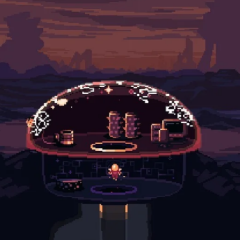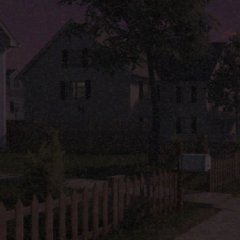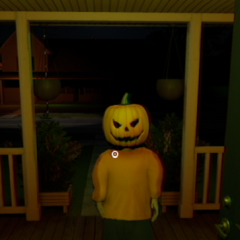Chuck Nolemand is a retro-styled indie horror game that throws players into a distorted PSX-inspired world filled with surreal characters and a looping nightmare. After arriving in Nolemland in search of adventure, you quickly lose control over your fate and become trapped under the rule of Chuck—your strange, smiling captor. The only task you’re given is to feed his endlessly hungry son, but nothing is ever simple. With strange rules, distorted visuals, and an oppressive sense of being watched, your every move is marked by discomfort. The game doesn’t rely on standard horror techniques—it builds unease through repetition, absurdity, and unpredictability.
Maze Navigation with Purpose and Pressure
At the center of the gameplay is a randomly generated maze of wires, claustrophobic paths, and mechanical sounds. You’re given a single wheel and a task that never ends: find melons to feed the boy. The maze changes with each attempt, requiring constant adaptation and memory. The game’s three difficulty modes—Noob, Classic, and Nightmare—change the maze and the pace and intensity of the experience. With every run, players are timed and tracked, and those who complete the cycle fastest land a spot on the leaderboards. It’s a system that rewards both skill and nerve, pushing players to repeat runs with higher precision.
Secrets, Modes, and a Hidden Exit
Chuck Nolemand hides more than just melons. The deeper you go, the more the world shows signs of breaking apart—audio distortion, unexpected dialogue, strange visual shifts, and a secret mode that only appears to the (un)lucky. Despite the strange humor and bizarre characters, the world feels hostile, artificial, and controlled. There’s a way to end the cycle, but it isn’t handed to you. The only way to escape Chuck’s nightmare is to outthink it. In its demo form, the game is already a test of nerves, timing, and pattern recognition. But it also hints at something bigger beneath the surface—something waiting for players to dig deeper and break the loop.


